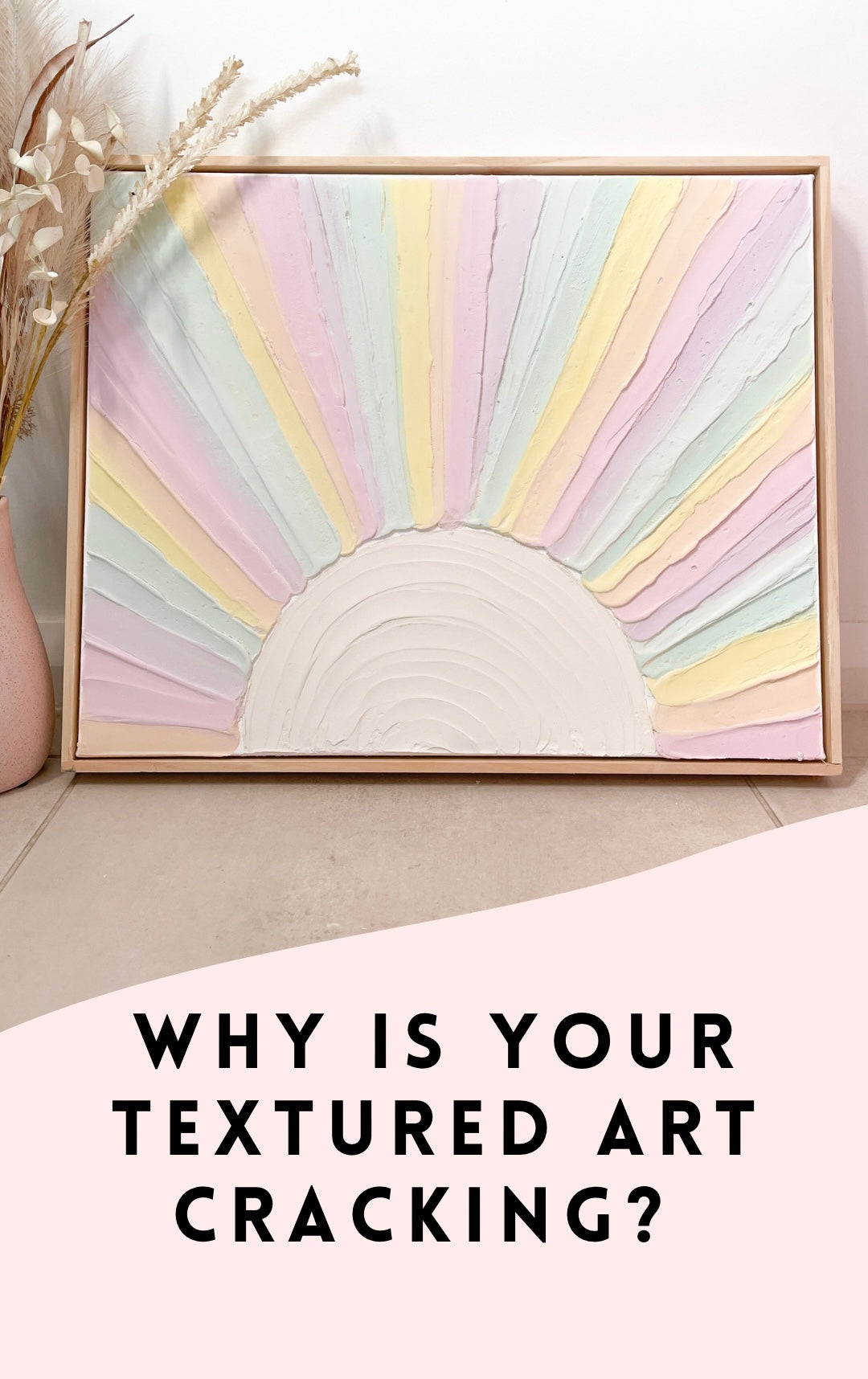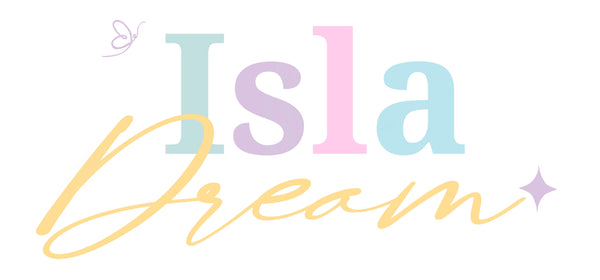
Why is your textured art cracking?
Textured art involves the use of various materials and techniques to create a beautiful three-dimensional effect on the surface of an artwork. However, one of the challenges with textured art is that it has the potential to crack! In this blog, we will explore some of the reasons why this might happen -as well as discuss what can be done to prevent it.
1. The first reason your textured art might crack could be due to the materials you are using. Textured art often involves the use of materials like plaster and clay, which can be prone to cracking if they are not mixed or applied correctly. When these materials are not mixed or applied evenly, they can create weak spots in the artwork, which can lead to cracking once dried.
To prevent this from happening, it is important to ensure the materials you are using are of high quality. With art supplies you generally get what you pay for, so if you do opt to use a plaster from the hardware store, try and find one that claims it does not crack. Then experiment mixing your plaster with softer art mediums such as impasto and heavy body paints, until you find a ratio that works best for you.
The more evenly your paste is distributed across the surface of your artwork, the less chance there will be stress points created within it. Unfortunately Textured petal/ thick floral paintings are especially prone to cracking when using plaster like materials due to their depth. I personally prefer to use art store modelling pastes for these types of artworks as in my experience they are more flexible and have the least issues. [HERE I share exactly what I use, my personal favourite brands and ratios.]
2. The surface in which you apply your textured art also has the potential to cause cracking. For example- rough handling of a large canvas with cheap structure/no wooden panel across the back could also damage your artwork as plaster doesn’t have much stretch. Ways to avoid this include inserting a thin piece of MDF in the back of your canvas to make it more sturdy, pouring a layer of resin in the back or simply investing in a higher quality canvas/ more flexible paste.
3. Lastly, another common reason why textured art can crack is due to environmental factors. Changes in temperature and humidity can cause materials like plaster and clay to expand and contract, which can put stress on the surface of the artwork causing the cracking. To prevent this from happening, it is important to create your textured art in a stable environment with consistent temperature and humidity levels. Textured art does not react the same way other mediums do (alcohol ink for example) and you should not try to rush the drying process. Avoid using hair dryers or taking your work outside to dry, these things will cause the product to dry unevenly and create problems.
Textured art is such a beautiful form of art that can add depth and dimension to any space. By using the right materials, techniques, and handling practices, it is possible to create textured art that is not only beautiful but also durable and long-lasting. Hope these tips help!
